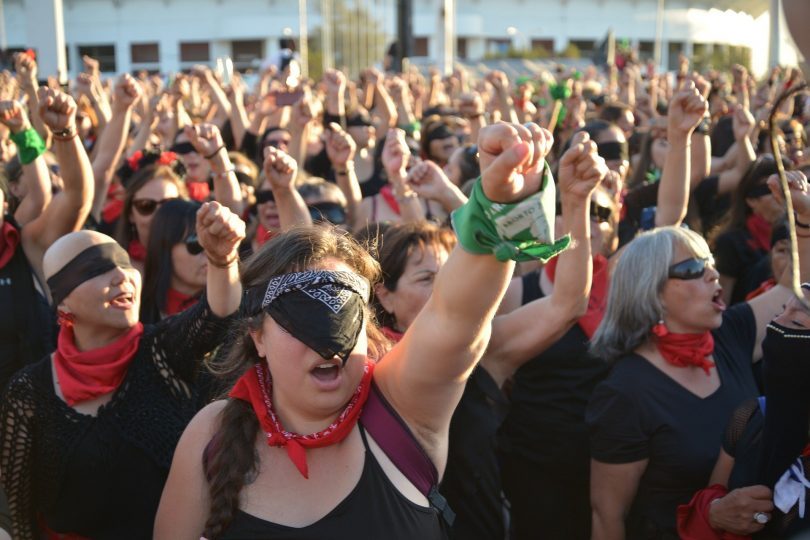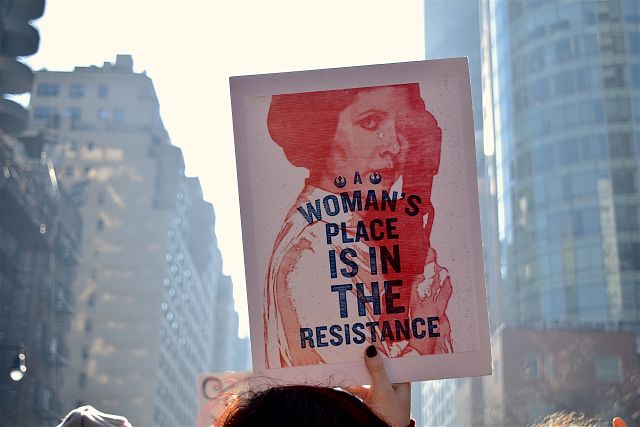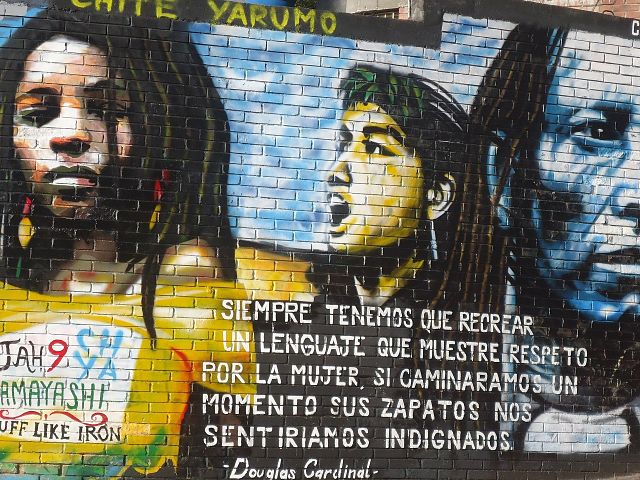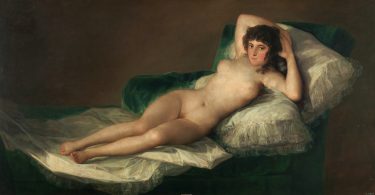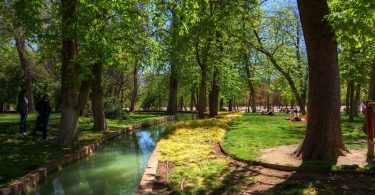International Women’s Day commemorates the constant struggle of women to be equal to men and to be the same active member of society with their own human development. The United Nations decided to install this day as International Women’s Day in 1975, and ever since that day it is being celebrated on March 8.
The occasion leads to many demonstrations in Madrid and other cities. There are also numerous cultural activities and other women-related events. Today’s article by ShMadrid will tell you a bit more about Women’s Day.
Related article: History of Madrid: The Capital of Spain
What you may not know about the history of Women’s Day in Madrid and around the world
There is some controversy when it comes to the date that was chosen to celebrate International Women’s Day. A fabric factory’s female workers were reported to have protested against poor working conditions in New York on March 8, 1908.
The owner of the business is said to have closed the building with the women still inside and then set the place on fire. Everyone died. But March 8, 1908, however, was on a Sunday, which means it would not have been possible to strike that day. More important, there is no record in New York of this gruesome event.
Three years later there was a horrific tragedy in the Big Apple. It led to new U.S. laws which improved industrial safety. The event occurred on March 25, 1911, when 146 workers were trapped in a burning fabric building, after owners had locked it to prevent theft. But this date is different, so there doesn’t seem to be any connection with March 8, Women’s Day.
On March 19, 1911, that same year, countries like Switzerland, Germany, Denmark and Austria decided to celebrate International Women’s Day for the first time. The intention was to end discrimination, improve women’s educational opportunities and let them have access to public office.
The current date of Women’s Day could also be a reference to protests by Russian women in a revolutionary Russia. It looks like their peace movement spread to other countries, and little by little International Women’s Day was established all over Europe.
Related article: The History of Labour Day
But it was not until 1977 that the United Nations decided to make this day the International Day for Women’s Rights and International Peace. With this day they wanted to commemorate women’s struggles over the years.
When discussing history and Women’s Day, one should also pay tribute to some of Madrid’s important women. Take Ramona Aparicio for example. She became the first Headmaster of the School for Female Teachers in 1858 and managed to issue hundreds of diplomas. She also supported women’s struggle to have access to administrative jobs.
Federica Montsey is another important female. She became the Minister of Health and Social Welfare during the civil war and acted as an advocate for women through speech.
There are many more though… Gloria Fuertes was an extraordinary poet and author of children and youth books, and she marked a turning point in the 50s.
The same can be said for Clara Campoamor and Manuela Malasaña. The first female won the approval of the female vote in the 1930s, and the second woman was a seamstress who stood up to the troops of Napoleon, something that unfortunately cost her her life…
Do you know other interesting facts about Women’s Day?



